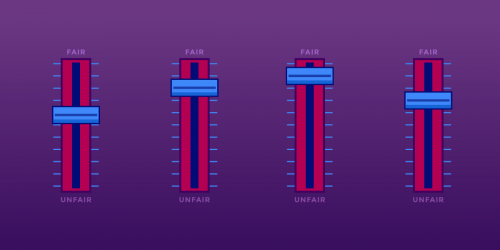Way back in November 2002, a set of Microsoft's senior-most security engineers wrote a paper that has come to be known as "the Microsoft Darknet Paper" (the company never endorsed it -- this was independent scholarship by the engineers). The paper explained why DRM for popular entertainment content would never work, so long as three assumptions remained true:
1. Any widely distributed object will be available to a fraction of users in a form that permits copying.
2. Users will copy objects if it is possible and interesting to do so.
3. Users are connected by high-bandwidth channels.
As we ring in 2007, here are a few year-end stories that illustrate, yet again, that the Darknet Assumptions remain vividly, indisputably, true.
Assumption #1: AACS DRM Cracked by BackupHDDVD Tool? All it takes is one leak, and DRM always leaks.
Assumption #2: 2.6 billion blank CDs were sold in 2006, as compared to 588 million CDs of recorded music, says the Philadelphia Inquirer. By the end of 2006, Apple will have sold a total of approximately 80 million iPods. Audio and video features are now a standard feature on hard-drive enclosures and in network attached storage (NAS) solutions; in fact, inexpensive routers and NAS enclosures now include Bit Torrent clients, so that the downloading can continue, even when your computer is turned off.
Assumption #3: A year-end review of trends in file-sharing, courtesy of Seattle Weekly, explains that users aren't just relying on P2P networks anymore, thanks to sharity blogs, YouTube (now downloadable, thanks to software tools), MySpace (again, downloadable), CD-Rs, and wireless sharing (ala Zune). And, according to Nielsen/NetRatings, 78% of Amercian Internet users now have high-speed connections at home, up from 65% in 2005.






